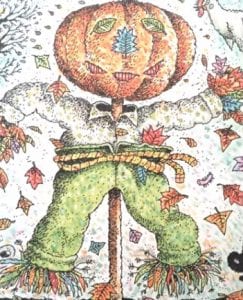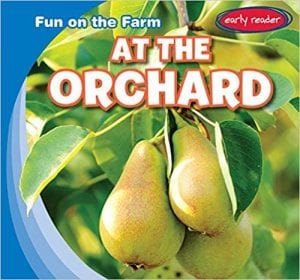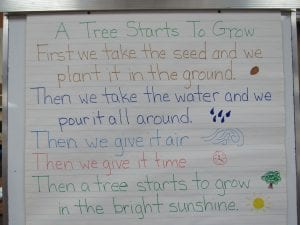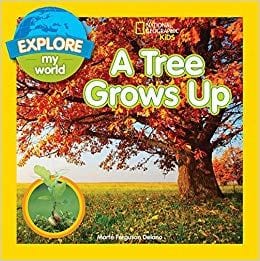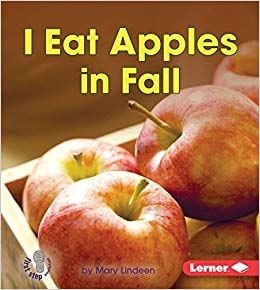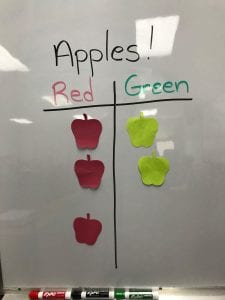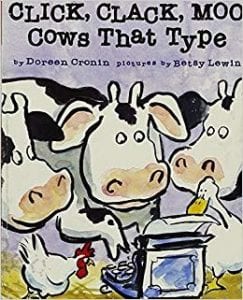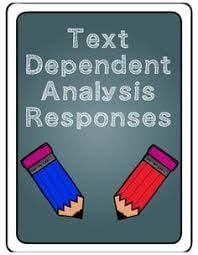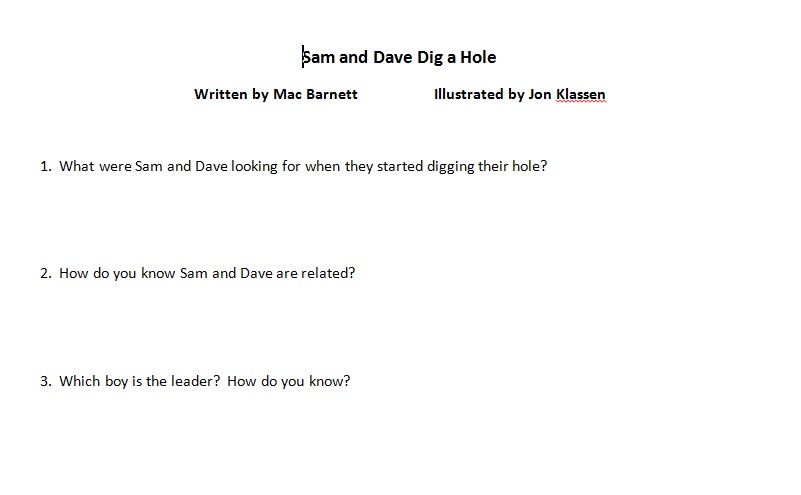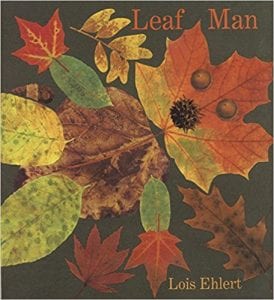 I love autumn, and I enjoy sharing all the elements of the season with my students. In this lesson I shared the fabulous book Leaf Man by Lois Ehlert, which never gets old for me even though I’ve been reading it aloud for ten years! We followed the book with a discussion of all the items she was able to make with leaves, and then we brainstormed ideas of other pictures that could be created.
I love autumn, and I enjoy sharing all the elements of the season with my students. In this lesson I shared the fabulous book Leaf Man by Lois Ehlert, which never gets old for me even though I’ve been reading it aloud for ten years! We followed the book with a discussion of all the items she was able to make with leaves, and then we brainstormed ideas of other pictures that could be created.
I then gave each student a sheet of plain construction paper, and an assortment of real leaves and acorns from my yard. Ordinarily I would take the students on a nature walk around the school grounds to collect materials for this project, but Hurricane Michael closed our school and then left a wet mess behind. As we talked about what body parts people and animals have, the students experimented with different sizes and shapes of leaves to design their own leaf pictures. And while they were making art, I was taking photos!
We ended our time together by returning to the rug and singing Autumn Leaves are Falling Down by The Kiboomers on YouTube. I chose this song because it mentions the colors of the leaves that fall from the trees, which is one of the facts I wanted the students to know.
I reinforced that concept with our line up activity: When I called a child’s name, s/he had to name a real leaf color (green, yellow, orange, brown) before lining up.
Do you share the beauty of autumn leaves with your students? Please leave a comment and share your ideas!




